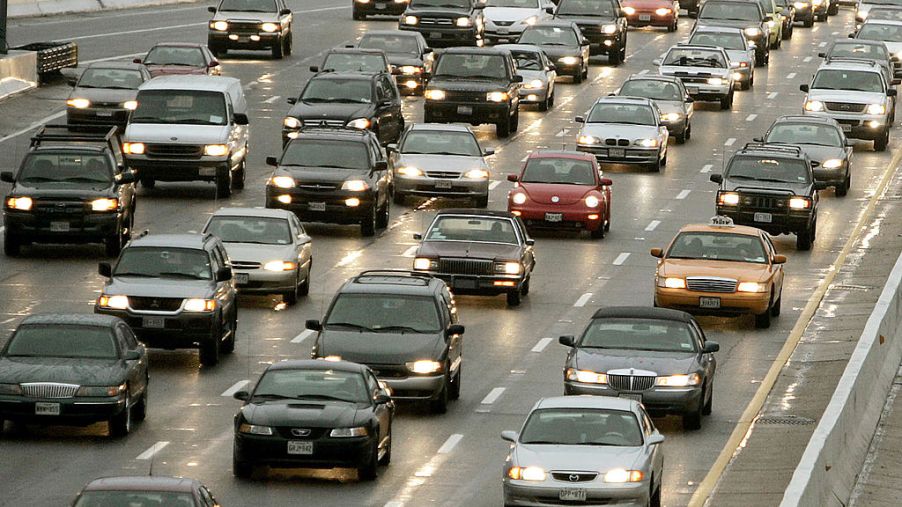
How Much Do Different Cars Really Cost to Drive Per Mile?
Owning a car is convenient, but there’s no denying how expensive they can be. There are many reasons why one car’s cost of ownership may be higher than another. Cars use gas at different rates depending on their size, weight, and even the weather. So how much does it cost the average person to drive their car?
According to the IRS, the standard mileage rate for business cars is almost 58 cents per mile. This number may be higher or lower depending on what kind of car is used. Here are some factors that determine how much you’re really spending per driven mile.
Fuel costs
We already know that a hulking Ford F-350 is going to burn through fuel faster than a zippy little Prius. Gas mileage information is readily available online from any given car’s manufacturer. Even if you choose a car with great fuel economy, you can’t control the price of gas in your area.
You may also use more gas depending on your driving behavior. If you’re one of those aggressive drivers, you’re using way more gas than the average person. The EPA estimates that speeding and hard braking can lower your car’s gas mileage by up to 40%.
Tire wear
Tires can make a huge difference when it comes to gas consumption. Over time, tires lose air or develop an uneven tread. Your car will have to push itself to drive harder, wasting more gas in the process. If you want to lower your cost per driven mile, always make sure your tires are properly inflated.
Eventually, you’ll need to get brand new tires after your current ones have worn down. The cost of new tires depends on what type of car you have and the area where you live. If you live in Minnesota, where snowfall is frequent in the chillier months, you’ll need winter tires instead of all-season ones.
Maintenance fees
Even if your car seldom breaks down, you still need to bring it into the shop for a regular tune-up. One service that all healthy vehicles need is an oil change. Your car typically needs more oil every 5,000-7,000 miles. If you go with the full-synthetic stuff, your car’s oil might last twice as long.
If you own an older used car, you have to prepare for the eventuality of a repair. If its previous owners didn’t perform regular maintenance on it, it’s prone to breaking down more easily. When luxury vehicles need fixing, the replacement parts will likely be a bit more expensive.
Cost of insurance
While some states only require you to have a standard policy, every driver needs car insurance. If you have more coverage, your insurance is going to be more expensive. You also need to pay a yearly registration, inspection, and possibly an emissions testing fee.
The type of car you have can also affect these costs. Insurance on used and certified pre-owned vehicles is often cheaper. This is because the vehicle has already had significant depreciation. Since new and luxury vehicles are more valuable, they’ll come with higher insurance premiums.
Weather
Snaps of cold weather could make your car more expensive to drive in winter. Snow and rain create more precipitation on the road that your car has to drive through. The EPA found that your car’s fuel economy can drop by 22% in cold temperatures.
That doesn’t mean you’ll save more if you live in sunny California, especially if your car has a big diesel engine. As the temperature climbs, your engine’s cooling fan works harder to keep the motor from overheating. If the weather is too hot or cold, it may save you some money to stay inside that day.
Overall, the cost to drive your car per mile is heavily dependant on how you drive it. The best way to maximize the life of your car is to stay up to date on routine maintenance and don’t drive like a maniac.



